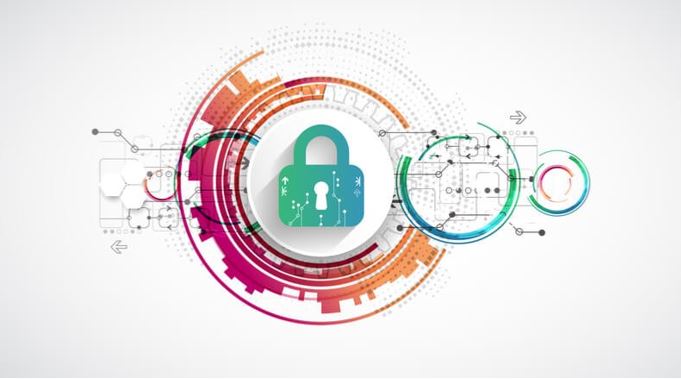A decade ago, it was pretty typical for employees to connect to a company’s IT network with one or two endpoints – say, a desktop and a laptop. But now? Enterprise networks have to accommodate many more endpoints on any given day — smartphones, tablets, printers, USB drives, servers, Internet of Things-powered devices, wearables, etc. It’s not uncommon for each single employee to control a handful of endpoints, and that’s not even counting all the other tech requiring security.
 While this proliferation of endpoints can certainly provide a competitive advantage in terms of connectivity and performance, enterprises today are facing greater endpoint security challenges as a result. In fact, 70 percent of breaches still originate from endpoints.
While this proliferation of endpoints can certainly provide a competitive advantage in terms of connectivity and performance, enterprises today are facing greater endpoint security challenges as a result. In fact, 70 percent of breaches still originate from endpoints.
Remote Network Access Is on the Rise
It was simpler to monitor and control enterprise IT networks when endpoints primarily consisted of desktops. But now, to keep up with changing work demands and a spread-out workforce, users need to access these IT networks from near and far alike.
As one expert writes for Security Intelligence, gone are the days in which companies can protect devices, apps and data inside a secure perimeter. This means businesses must treat endpoints as “continuously at risk.” Enterprises today must figure out how to monitor and protect more endpoints — and more remote endpoints — from threats like malware, phishing schemes and more.
Cyberattacks on Endpoints Are Increasing
As TechRepublic reports, a 2019 survey of IT specialists found some startling results. Namely, nearly seven in 10 respondents (68 percent) reported their company was hit by at least one endpoint attack within the last year that managed to compromise its data or IT infrastructure. This number increased from just over half (54 percent) in 2017. The takeaway? Instances of successful cyberattacks on endpoints are increasing year over year.
Another troubling finding from the same survey was that the cost of these attacks is rising — from about $5 million in 2017 to just over $7 million in 2018 and now nearly $9 million in 2019. Not only can attacks like these tarnish the reputation of the victim, but it is getting more expensive to mitigate the cleanup and loss of productivity in the wake of an endpoint breach.
With the instance of successful cyberattacks on endpoints increasing — and these occurrences getting more expensive each year — it’s prudent for organizations to prioritize the security of their expanding IT networks, or risk suffering an expensive breach.
Orgs Must Update Their Approach to Endpoint Security
Organizations need to ramp up their approach to endpoint security now more than ever before. Surprisingly, approximately 15 percent of organizations report they’re not using an endpoint security solution currently. Further, more than 22 percent are still in the stages of evaluating or rolling out a solution.
The good news is just as endpoint technology has come quite far in recent years, so too have endpoint security solutions. For instance, managed endpoint services offer constant detection and response measures for a wide array of devices — both on-premises and in the cloud. Employing third-party monitoring helps IT teams stay vigilant in the face of rising threats, with real-time threat intelligence.
Basic malware scanning and firewalls are a start, but they’re not enough to shield an enterprise from attacks upon all its endpoints. Hackers are always getting more inventive in how they attack networks, so businesses must rise to the challenge to protect their information.
More endpoints need to connect to networks remotely as employees integrate more devices into their workflows. Endpoint attacks are becoming costlier and more frequent. And organizations must continually refine their approach to endpoint security if they want to avoid the consequences of a breach.
_____________________________________________________________
Interesting related article: “What is Cybersecurity?“

